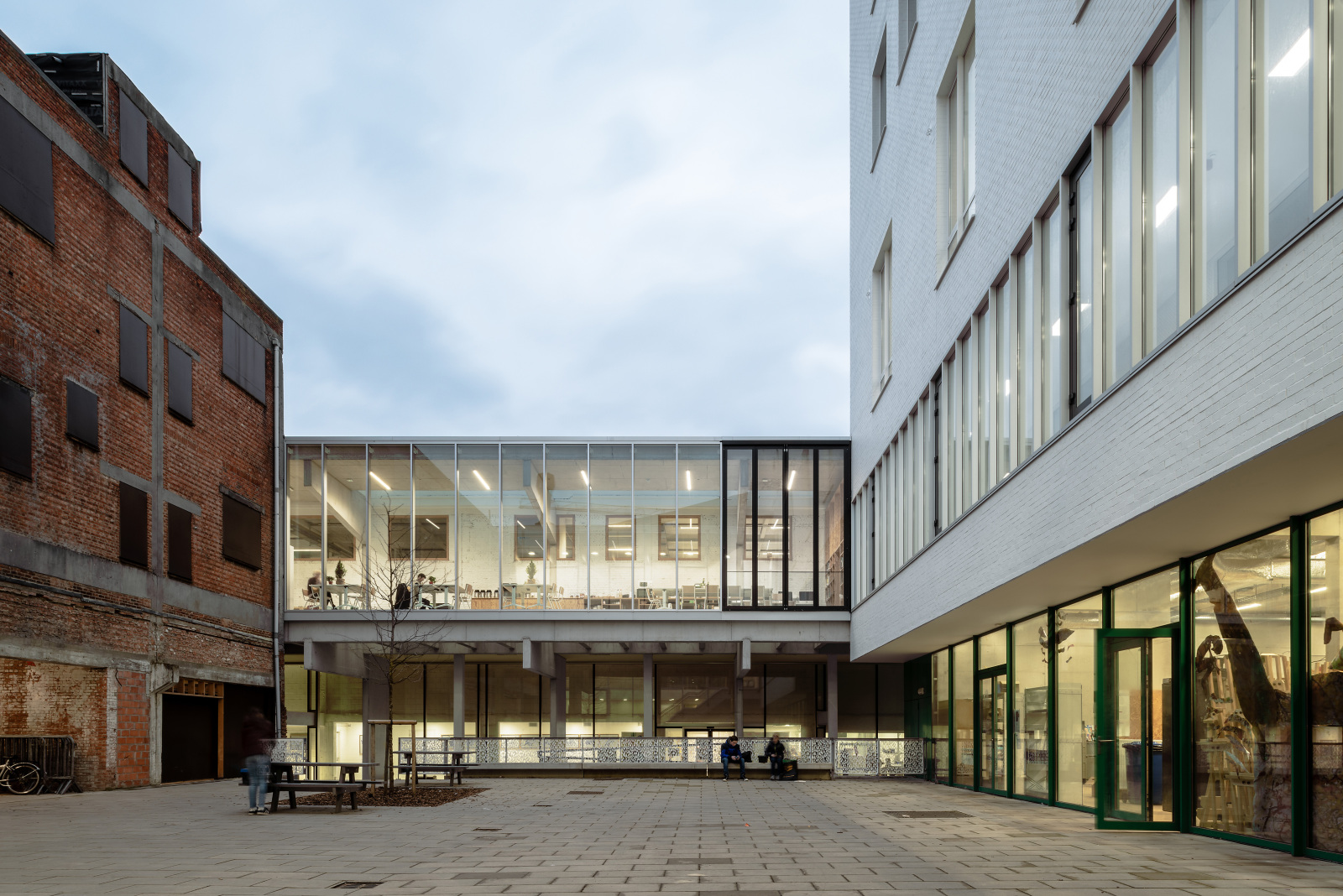
WIT
WIT likes to operate at the interface between urban design and architecture. They feel at home in layered and confused urban areas, and are not easily deterred by complex sites or a seemingly impossible set of preconditions. A thorough reading of the existing is always an essential part of the design process. It is systematically screened (even if it seems banal at first) for latent qualities that can be magnified, supplemented, complemented. They feel like architects with an urban planning reflex and urban planners with an architectural reflex: the context generates a thorough search for self-evident and feasible solutions. The contribution to the (urban) landscape is crucial here, averse to wastefulness, grandstanding or ostentation.